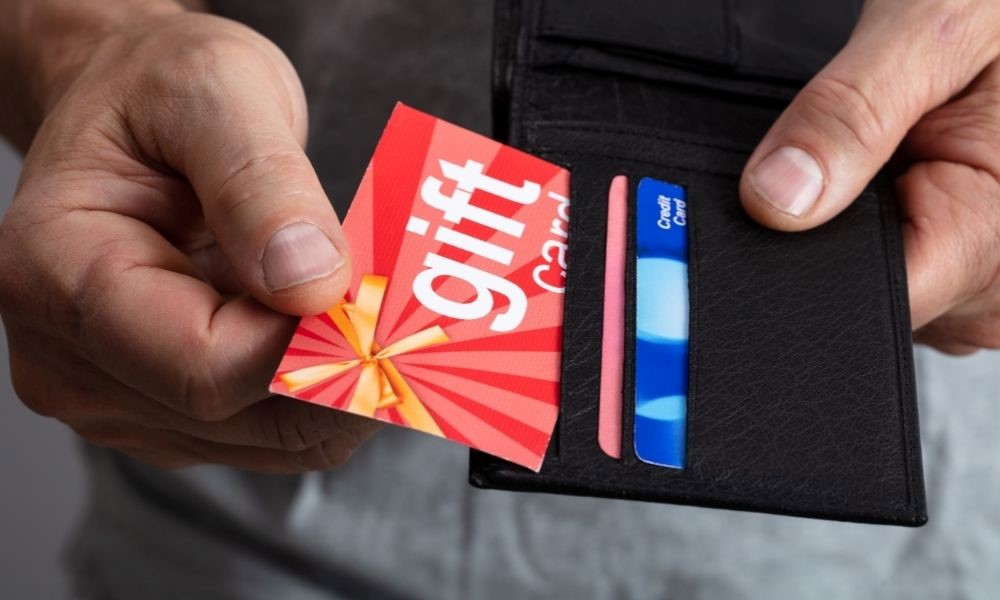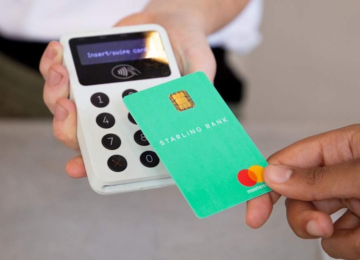Gift cards impose hard limits that credit and debit cards cannot match. You load a specific amount, and that becomes your absolute maximum for spending in that category. The funds can’t expand beyond what you’ve loaded, which eliminates the possibility of overspending. This physical boundary forces you to make choices about what matters most within your budget. amexgiftcard.com/balance lets you monitor exactly what remains available, giving you real-time spending awareness that other payment methods don’t provide as clearly.
Fixed spending limits
Loading a predetermined amount onto a gift card establishes an unbreakable spending ceiling. You decide upfront how much goes toward entertainment, dining, clothing, or whatever category you’re managing. Once that money gets loaded, you’re done allocating for that period. The card won’t let you spend beyond the loaded amount, no matter how tempting a purchase might be. This differs fundamentally from other payment methods. Credit cards extend lines well past what you can actually afford to pay back. Debit cards drain your checking account until it hits zero, potentially triggering overdraft situations. Gift cards operate on prepaid principles where spending stops the moment your balance depletes. There’s no borrowing from tomorrow, no tapping into emergency funds, no justifying just one more purchase.
Category separation works
Assigning different gift cards to specific spending categories creates physical divisions in your budget. Buy one card for restaurants, another for gas, and a third for personal shopping. Each card holds only what you’ve budgeted for that purpose. Your restaurant card can’t accidentally pay for clothes because those funds exist on completely separate cards. This separation solves a major budgeting weakness where money flows freely between categories. You meant to save that money for car repairs, but then a great sale happened, and suddenly your repair fund became a shopping spree. Gift cards physically prevent this category from bleeding. The money designated for dining stays locked in the dining card. Shopping funds remain isolated on the shopping card. Rent money never mingles with entertainment dollars.
Visible balance tracking
Knowing your exact remaining balance changes purchasing behavior. When you see that your entertainment card holds exactly what’s left, buying that concert ticket requires weighing whether it’s worth consuming that entire balance. You can’t fool yourself about having “enough” or “a little left” because the number stares back at you plainly. Checking balances takes seconds through online portals or mobile apps. This instant access to your financial position beats digging through bank statements or credit card transactions to figure out category spending. The card exists solely for one purpose, so its balance tells you everything you need to know about that budget category’s status.
Prevents impulse buying
The pause required to check whether your gift card covers a potential purchase creates a decision point that credit cards skip entirely. Credit cards say yes to everything until you hit your limit. Gift cards make you stop and verify. That verification moment interrupts the impulse buying cycle. You pull out your entertainment card for a streaming service subscription. Before completing the purchase, you check the balance. Seeing the exact amount remaining prompts you to consider whether this subscription deserves that chunk of your monthly entertainment allocation. You may decide yes. You may realise other entertainment priorities matter more. Either way, you made a conscious choice instead of an automatic swipe.
Teaches spending awareness
Using gift cards for budget management builds better financial habits over time. You learn to evaluate purchases against finite resources. The practice of staying within preset boundaries carries over into other areas of your financial life. After managing gift card budgets for a few months, most people find themselves making smarter choices even when using different payment forms. The tactile experience of gift cards bridges conceptual budgeting and physical money management. You get the psychological impact of envelope budgeting combined with the convenience of card payments. This hybrid approach works particularly well for people who struggle with abstract budget numbers but still want modern payment flexibility.












